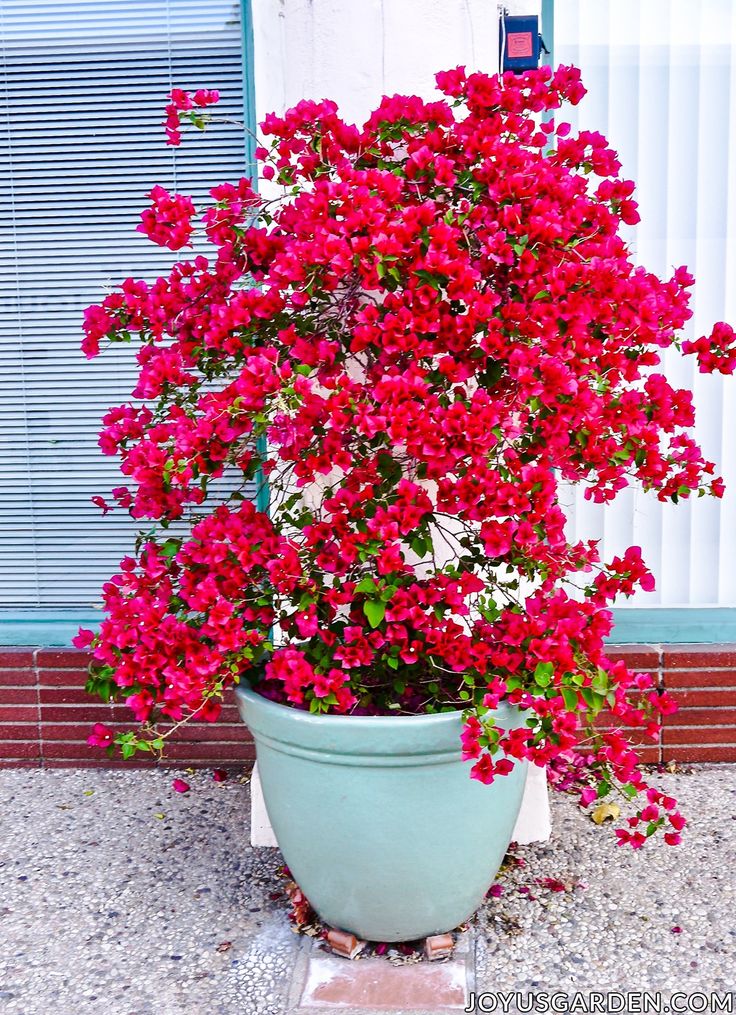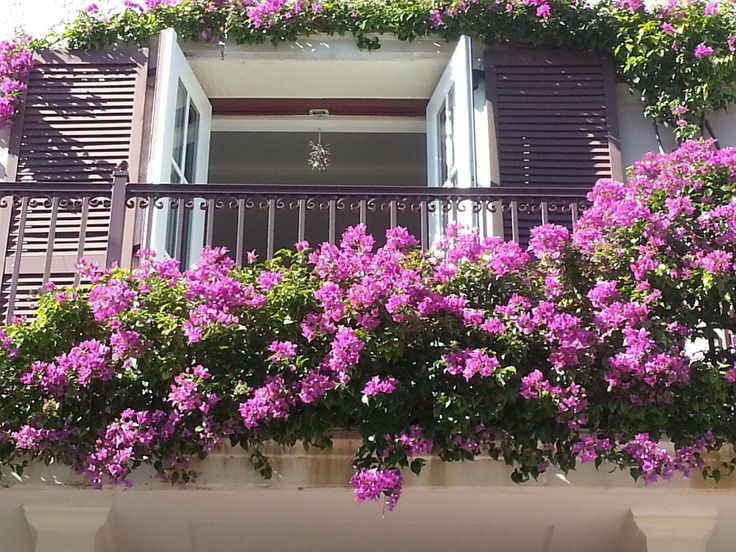Bougainvillea, or more commonly known as paper flowers, are a popular choice for many Vietnamese families. Its rustic beauty, vibrant colors, and adaptability to harsh conditions make it a favorite for planting in front of houses, on balconies, or on rooftops. However, many people wonder: is it auspicious to plant paper flowers in front of your house?
1. Paper Flowers – A Simple Symbol with Profound Meanings
Bougainvillea is a woody vine with thorns and colorful bracts that resemble flowers. Its scientific name is Bougainvillea, and it boasts vibrant colors such as purple, pink, white, and orange. The plant’s modest yet resilient nature allows it to thrive even in harsh conditions, making it a symbol of simplicity, softness, and endurance.

2. The Feng Shui Significance of Planting Paper Flowers in Front of Your House
In Eastern Feng Shui beliefs, the type of plant, its location, and direction all influence the luck and fortune of the household. Planting paper flowers in front of your house brings several positive effects:
Protection from Negative Energy: The thorny branches of the paper flower plant create a natural barrier. In Feng Shui, thorny plants are believed to ward off negative energy, especially when placed near the entrance or gate. This forms a protective shield, safeguarding the household from external negative influences.
Attracting Positive Yang Energy: The vibrant colors of paper flowers, such as pink, purple, and orange, embody strong Yang energy. Planting them in front of your house activates positive energy, bringing joy, happiness, and harmony to the family.

Inviting Prosperity: Green plants at the entrance are believed to attract positive energy and bring smoothness to life and work. Paper flowers, in particular, bloom during summer and early autumn, a time of changing luck, inviting good fortune and prosperity to the household.
3. Practical Benefits of Planting Paper Flowers in Front of Your House
Apart from its Feng Shui significance, the paper flower plant offers several practical advantages:
Shade and Temperature Control: Paper flowers have wide canopies and easily climb trellises, making them ideal for providing shade. When planted near entrances or balconies, they help cool the living space, reduce temperatures, and improve air quality.
Low Maintenance: Compared to other ornamental plants, paper flowers are extremely easy to care for. They thrive in sunny conditions, require less frequent watering, and can survive in dry soil. This makes them a perfect choice for those who love greenery but have limited time for gardening.
Aesthetic Appeal: A vibrant display of paper flowers on a trellis or fence creates a stunning focal point. The soft, graceful appearance of the flowers adds a welcoming and charming touch to the space, making it a popular choice for many urban homes and villas.
In conclusion, it is indeed auspicious to plant paper flowers in front of your house. However, it is essential to ensure that the area receives ample sunlight, as paper flowers thrive in bright conditions. The front of the house is typically the sunniest spot, making it the ideal location for these vibrant blooms.
4. Important Considerations When Planting Paper Flowers in Front of Your House
To maximize the Feng Shui benefits and aesthetic appeal, keep the following in mind:
Avoid Overgrown Plants: While the flowers are beautiful, an overly dense plant can obstruct the flow of energy. Ensure regular pruning to maintain a neat shape and allow sunlight to penetrate.

Prune periodically to control the plant’s growth and prevent it from blocking sunlight. This is especially important when the plant becomes lush and dense.
Choose the Right Direction: Plant paper flowers in the south or southeast direction, as these orientations offer optimal sunlight exposure, promoting vigorous growth and bringing good fortune to the household.
Avoid Pointing Thorns Directly at the Entrance: According to folk beliefs, sharp thorns aimed directly at the house can create negative energy.
5. Who Should and Shouldn’t Plant Paper Flowers in Front of Their House?
Plant paper flowers if:
- You want to enhance the Feng Shui of your home and create a striking entrance.
- Your family appreciates green spaces and seeks shade and a cooler environment.
- You belong to the Fire or Earth elements in Chinese astrology (complementary to the paper flower’s colors)
Avoid planting paper flowers if:
- Your entrance or gate is too small, providing insufficient space for the plant to grow.
- The area receives insufficient sunlight, hindering the plant’s ability to bloom and create the desired effect.
6. Tips for Year-Round Blooming and a Spectacular Display
While paper flowers are easy to grow, applying these tips will ensure a vibrant and continuous bloom:
1. Timely and Regular Pruning: After each flowering cycle, prune the branches that have flowered to stimulate new growth.
New branches produce the most flowers, so timely pruning encourages continuous blooming. Be gentle and maintain a pleasing shape without damaging the main stem.
2. Controlled Watering: Paper flowers thrive when slightly stressed by water scarcity. About 7-10 days before expecting the plant to flower, reduce or stop watering, then resume. This triggers an abundant bloom.
However, avoid letting the plant wither completely; just let the top 1-2 cm of the soil dry out.
3. Balanced Fertilization: Phosphorus and potassium stimulate flowering. Avoid excessive nitrogen, which promotes leaf growth at the expense of flowers. Monthly feeding with NPK fertilizer (6-30-30 or 15-30-15) is recommended, along with organic compost for added nutrients.
During budding or flowering, apply 701 or 701A cow manure to encourage faster blooming and longer-lasting colors.
4. Abundant Sunlight: Paper flowers adore sunlight, and the more they receive, the more profusely they bloom. Ensure they receive at least six hours of sunlight daily, avoiding shaded areas.
If growing in pots, move them to sunnier spots when flowering is sparse.
5. Appropriate Pot Size: For potted paper flowers, use clay pots or containers with excellent drainage holes. Avoid oversized pots, as this promotes root growth at the expense of flowering.
When the plant becomes too vigorous, trim the roots and replace the soil to curb leaf growth.
6. The “Mild Shock” Technique: To encourage uniform flowering, try soil disturbance, water restriction, and root pruning for 1-2 weeks, followed by fertilization and regular watering. This method effectively stimulates dormant plants, especially older ones that have stopped blooming.
Note: Avoid fertilizing during active flowering, as it may cause flowers to drop prematurely. Use chemical stimulants sparingly and only when the plant is well-established.
For reference only
5 Signs Your Home Has Good Feng Shui: The Longer You Stay, the Richer You Get
“The ancient wisdom of feng shui has long guided people in their quest for a harmonious and prosperous life. It is believed that a home blessed with positive energy can greatly influence the well-being and success of its dwellers. This introduction explores five auspicious signs that indicate your home may be graced with favorable feng shui, offering a glimpse into the secrets of attracting good fortune.”






































